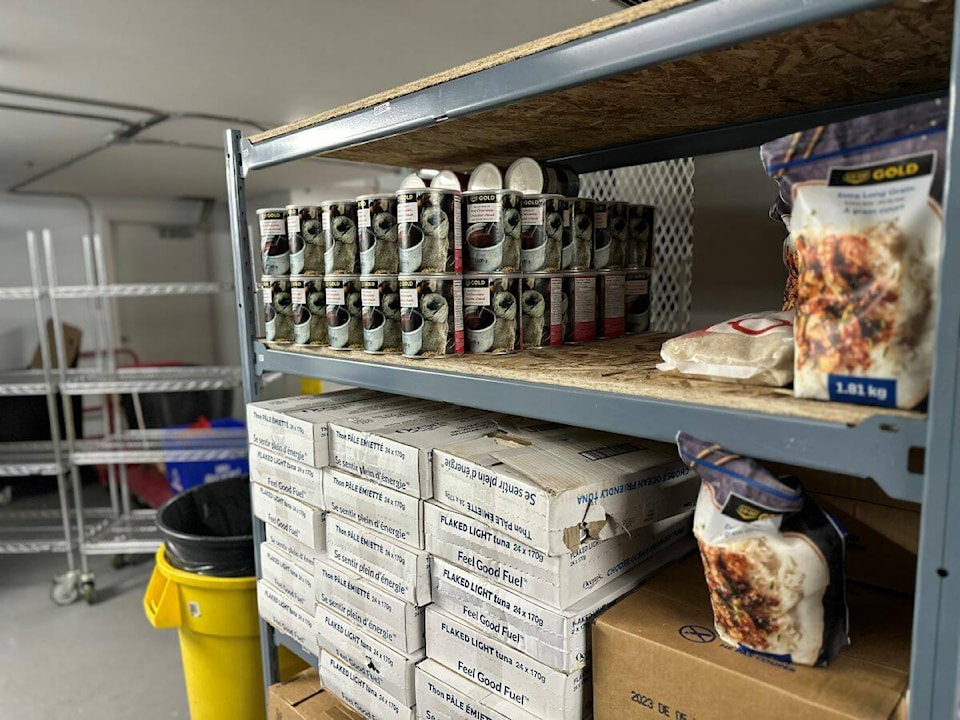An estimated 17.1 per cent of NWT residents were living in poverty as of 2022, according to a new Northern Market Basket Measure report from Statistics Canada.
The Northern Market Basket Measure tracks the cost of a basket of goods that represents a modest, basic standard of living. Anyone whose income is below the cost of that basket of goods is estimated to be living in poverty.
The 17.1 per cent of NWT residents living below that threshold in 2022 works out to about 7,300 people. However, Statistics Canada's report noted the poverty rate in the territory could be as low as 12.7 per cent or as high as 21.6 per cent, so that number may not be entirely accurate.
The NWT's 2022 poverty rate marks an increase from 2019, 2020, and 2021, however, "the change was not statistically significant," according to the report.
"Due to the relatively small sample size in the NWT, poverty estimates tend to have high variability from one year to the next," it explained.
Within the NWT, the poverty thresholds were highest in the Sahtu ($81,150) and Beaufort Delta ($80,064) and lowest in the Tlicho region ($65,957). In Yellowknife, the threshold was set at $66,991, however, it was noted that the average cost of shelter in the city dwarfs that of the other regions.
Among the Canadian territories, Nunavut had the highest poverty rate at 44.5 per cent. The rate was the lowest in the Yukon, at 12.9 per cent.
Of the provinces, Nova Scotia had the highest poverty rate, at 13.1 per cent, while Quebec had the lowest, at 6.6 per cent. The rates for Alberta, British Columbia, and Ontario were 9.7 per cent, 11.6 per cent, and 10.9 per cent respectively.
